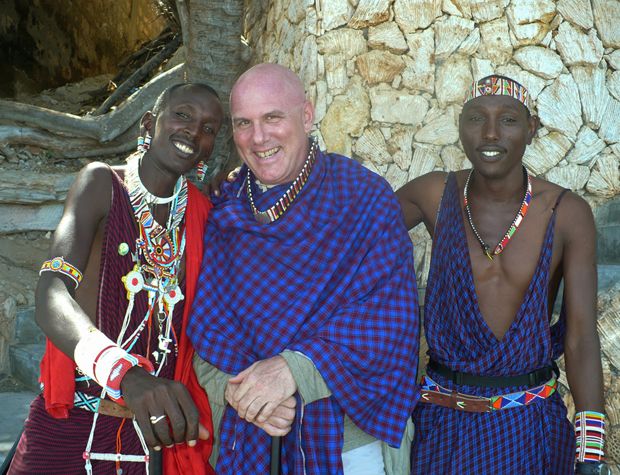DIY
G. Pascal Zachary on Africa’s Farming Boom
A journalist’s photos document signs of change in the sub-Sahara
06 Jun 2013
Photo: G. Pascal Zachary
▲
▲
▲
▲
▲
▲
▲
▲
▲
▲
▲
▲
▲
▲
▲
is the author of Bush’s biography, Endless Frontier (1997), and the editor of The Essential Writings of Vannevar Bush (Columbia University Press, 2022). He has taught at Stanford University, UC-Berkeley and Arizona State University.
